According to the EY Attractiveness Survey Romania 2025, foreign direct investment (FDI) inflows to Romania fell by 14% last year to EUR 5.7 billion from EUR 6.6 billion in 2023, but on the other hand the number of FDI projects advanced by a remarkable 57% - the highest such figure in Central and Eastern Europe. As a result, Romania climbed four positions to 13th in Europe's FDI attractiveness index ranking.
"Romania recorded a remarkable 57% increase in foreign direct investment projects in 2024, marking the highest level since 2019 and demonstrating resilience in a European climate marked by general declines and economic uncertainty. This performance underlines the fact that the Romanian market is attractive, with global investors identifying Romania as a strategic environment for the development of efficient and high-value-added investments. However, we must also carefully analyze the significant decline by 31%, in the number of jobs created by these projects. This evolution clearly reflects a structural change in the nature of investments, which are becoming more capital-intensive and automated," said Bogdan Ion, Country Managing Partner EY Romania & Moldova, Chief Operating Officer for EY Central, Eastern and Southeastern Europe & Central Asia.
In his opinion, in the current context, it is essential to invest in increasing technological skills and improving digital and physical infrastructure - aspects reported as clear priorities by 33% of investors, in order to support this new investment profile and maintain Romania's upward trend.
Although 58% of the surveyed executives believe that Romania's attractiveness will improve in the next three years, this percentage is a step down from 67% in the previous year. Investors continue to indicate Romania's macroeconomic conditions as the main risk, closely followed by geopolitical tensions, increasing business costs and political instability, these being most frequently mentioned by executives among the top three concerns affecting Romania's attractiveness in the next three years.
Amid Europe's broader 5% decline in the number of FDI projects, Romania recorded a significant 57% increase in the number of projects (from 60 in 2023 to 94 in 2024). This marked Romania's highest number of FDI projects since 2018, and stands out as one of the most dynamic recoveries in Central and Eastern Europe. In the context of a challenging regional environment, this upswing is both timely and encouraging, the survey notes.
While traditional Central and Eastern European competitors such as Poland, Hungary and Serbia have attracted significant investor interest in the past, Romania clearly emerged as the regional leader in 2024. With 94 announced projects, Romania ranked second in CEE, behind Poland but ahead of Serbia and Hungary, which had outpaced it the year before. This secured Romania a place in Europe's top 15 overall, ahead of several larger or more mature economies, the EY experts state. However, the number of new jobs associated with FDI has recorded a sharp decline of 31%, pointing to a recalibration in the nature of investments; leaner, more capital-intensive.
Bucharest continues to dominate Romania's FDI landscape, accounting for 40% of total projects in 2024 - reaffirming its position as the country's primary investment hub. A key contributor was Alstom's EUR 50 million expansion project, which will see the development of a new
transport depot facility at the Caile Ferate Romane (Romanian Railways) Grivita Workshops, adding logistics capacity and cementing Bucharest's
position as a core hub for infrastructure-related investment. PepsiCo continued its long-term commitment to Romania by expanding its production and distribution center in Popesti-Leordeni with a EUR 95 million project aimed at turning the site into a European-scale facility.
Outside the capital, several large-scale industrial investments highlighted a diversification of Romania's FDI footprint across regions. Constanta captured attention through a landmark EUR 960 million investment by Turkish group Ussuri Capital, which will build a low-carbon steel plant near the Black Sea, tapping into the port's logistical advantages.
In the Centre region, German companies were highly active: Rheinmetall invested over EUR 240 million in a new defense manufacturing facility in Victoria, while Knauf Insulation and Stada M&D announced substantial projects in Tarnaveni and Turda respectively - reinforcing Central Romania's growing status as an advanced manufacturing cluster.
The North-West region welcomed a EUR166 million investment by Austrian ceramics group Lasselsberger, while in Oradea (West), the STIHL
Group began construction of a EUR 125 million cordless power tool production facility as part of its global production network.
In parallel, Braila attracted a EUR 100 million investment commitment from Tesla Energy Storage to develop a state-of-the-art energy systems factory, and Anton Haring began construction of a EUR 60 million plant in Siret, bringing industrial importance to a region traditionally underrepresented in terms of foreign direct investment.
Manufacturing remains a key element of Romania's FDI landscape, accounting for 41% of total investment projects in 2024, up from 40% in 2023.
From a sectoral perspective, business support services (16%) and sales and marketing (15%) continue to attract interest, albeit with a more fragmented profile. Strong sectors include consumer goods, transportation manufacturers and suppliers, and machinery and equipment, each with nine projects, highlighting Romania's appeal as a manufacturing base.
Software & IT Services, with seven projects, remains an important component of Romania's digital economy, although its share has declined compared to previous years when it led the national FDI breakdown. Electronics, which was in second place in 2023, dropped to five projects, indicating a recalibration of momentum, though it continues to be relevant in semiconductor, smart metering, and industrial technology manufacturing.
The main sources of FDI flows remained constant, with Germany reinforcing its status as a frontrunner in foreign direct investment, witnessing
a significant rise in activity with 23 projects, an increase from 16 in the previous year. Turkey has ascended to second place with a total of nine
projects, indicating a strengthening of commercial relationships, while the United States is in close pursuit with eight projects. The United Kingdom and France have both reported six projects, indicating sustained interest from the Western European market. In comparison to 2023, the landscape of active investor nations has expanded considerably, highlighting Romania's increasing attractiveness to a wider array of global markets.
According to the survey, in 2025, investors continue to prioritize market expansion and operational optimization as the primary reasons for establishing or expanding operations in Romania. The top driver cited was the opportunity to access new markets and customers (48%), followed by the need to optimize operations and supply chains (36%) and seize opportunities presented by new technology and benefit from tax conditions (both at 34%). This reflects Romania's growing relevance as both a regional hub and a bridge between EU and non-EU markets, particularly in an era of fragmented supply chains and increased digital adoption.
Cost reduction remains an essential consideration, referenced by 32% of respondents, reinforcing Romania's long-standing appeal as a competitive production and services location. Meanwhile, access to key inputs and raw materials and skills availability were each cited by 27% of executives - highlighting a broad, multidimensional view of competitiveness that goes beyond cost alone.
When asked what factors are most important when choosing to invest in Romania, executives pointed first to the quality of infrastructure
(increasing trend: 33% vs. 20% last year) and the availability of non-reimbursable funding (32%), followed closely by market size and growth
potential (29%). "These findings reinforce Romania's appeal as a destination where connectivity, EU-backed investment programs, and demand
fundamentals intersect - offering a compelling value proposition in a competitive regional landscape," the survey specifies.
Romania is perceived to have a competitive edge relative to other geographies primarily due to lower labor and input costs (35%), followed closely by tax competitiveness, including the availability of tax credits (31%), and the availability of non-reimbursable funding (30%). Other notable advantages include market size and growth (24%) and quality of life, security, diversity, and culture (23%).
In a context of economic uncertainty and increased investor caution across Europe, Romania emerged in 2024 as one of the most dynamic performers in the region in terms of foreign direct investment. To transform this positive momentum into a long-term impact on investment, the country needs to resolve persistent bottlenecks, better align with investor expectations and coordinate investments in infrastructure, human resources, innovation and sustainability, the EY experts advise.
The EY Attractiveness Survey Romania 2025 examined the perceived attractiveness of Romania via an anonymous online survey of international decision-makers. The field research was conducted by FT Longitude between March and April 2025, based on a representative panel of 100 senior corporate executives (C-suite or C-1 roles).
The survey aimed to cover a representative sample of investors into Europe by geography, industry grouping and company size. Approximately 60% of respondents work for companies headquartered in Europe, and 40% for companies headquartered elsewhere.
EY is one of the largest professional services firms globally, with 392,995 employees in over 700 offices in 150 countries and revenues of approximately $51.2 billion in the tax year ended on June 30, 2024.

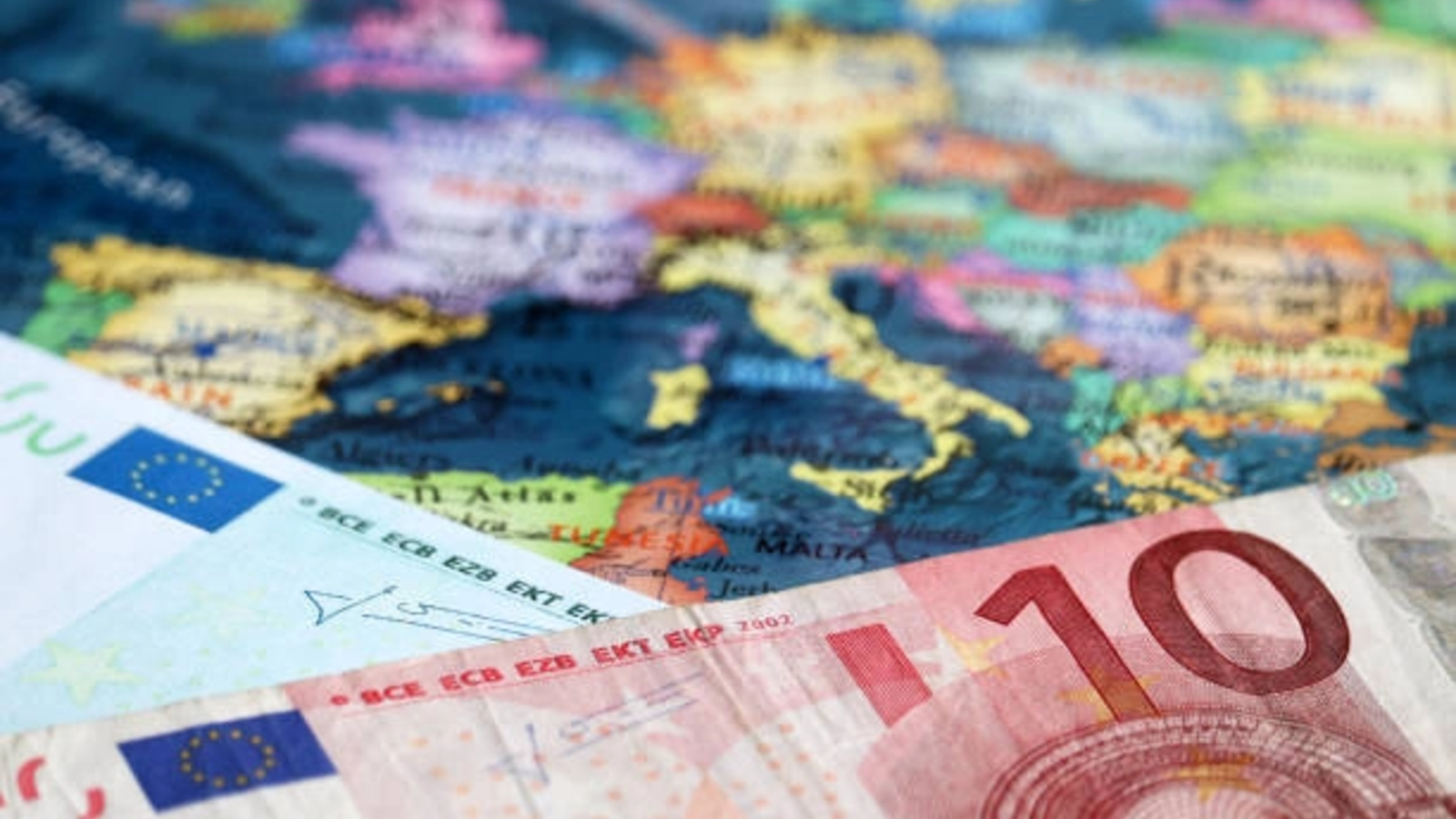





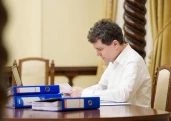



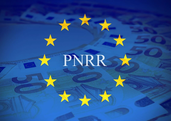





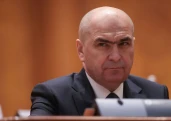



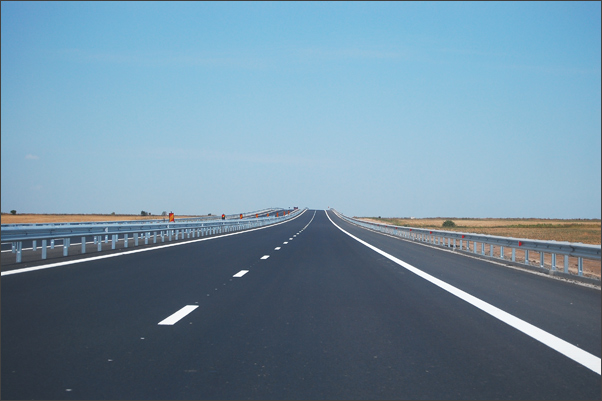










Comentează